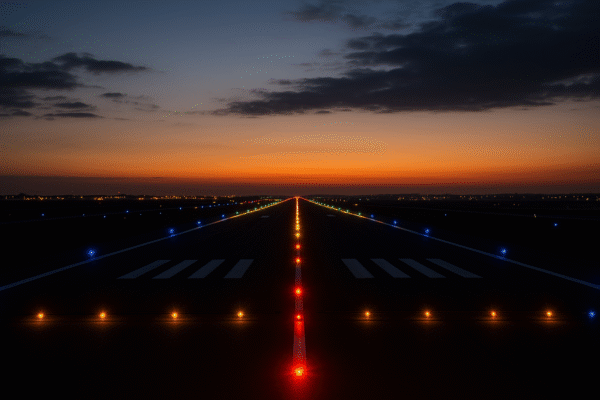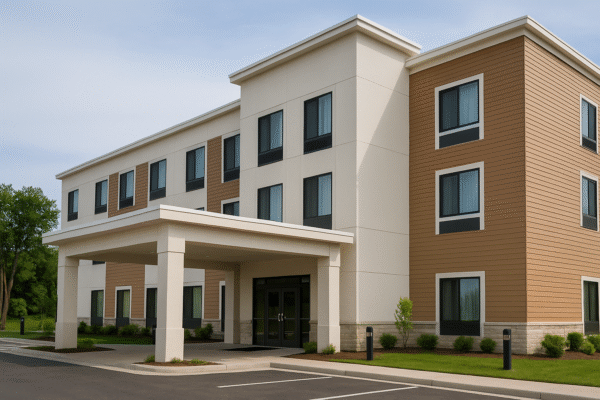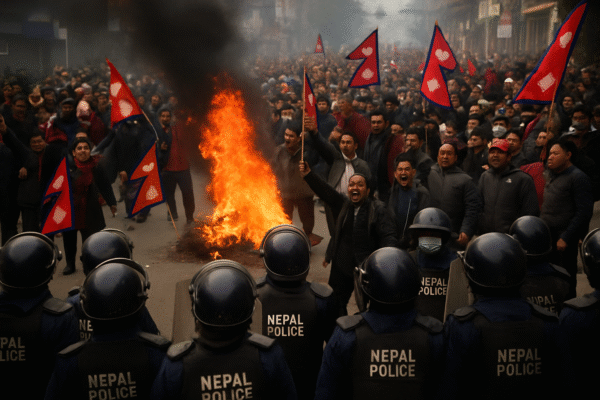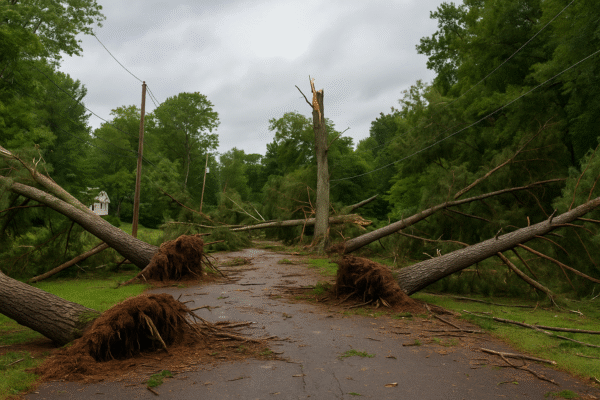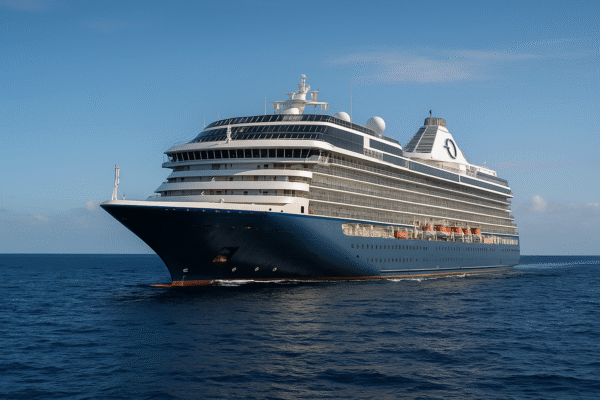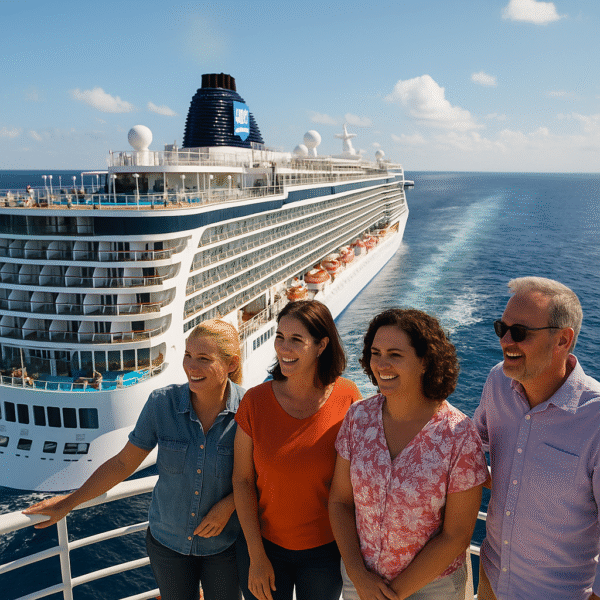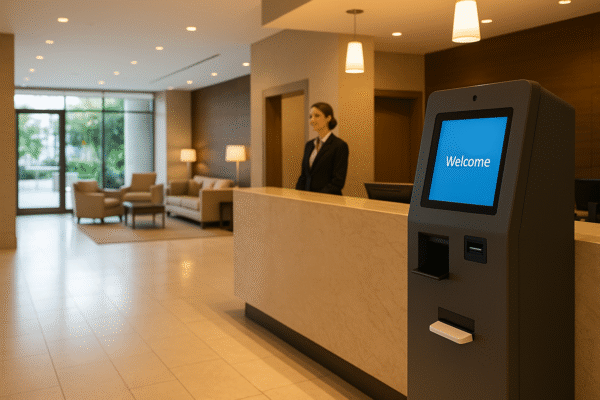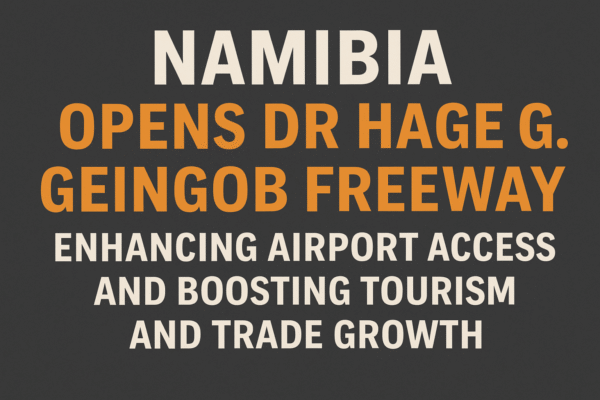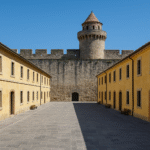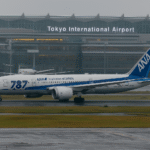Namibia has taken a bold step in reshaping its transportation landscape with the official opening of major sections of the Dr Hage G. Geingob Freeway. This multi-billion-dollar road project is one of the largest infrastructure investments in the country’s history and is already transforming travel between Hosea Kutako International Airport and the capital city of Windhoek.
The Roads Authority confirmed the opening of Section 2B, stretching from the Dordabis Interchange to the airport, as well as a portion of Section 2A, between the Sam Nujoma and Otjihase interchanges. The newly constructed Airport Roundabout, inaugurated in July 2025, has further streamlined traffic, improving both passenger and cargo transport efficiency.
This milestone represents more than just a new road. It is a strategic investment designed to strengthen Namibia’s position as a key player in Southern African tourism and trade.
A N$3 Billion Investment in Connectivity
Valued at N$3 billion, the Dr Hage G. Geingob Freeway spans 45 kilometers and is a symbol of Namibia’s commitment to modern infrastructure development. Once fully completed, the freeway will reduce travel time between Windhoek and the airport from 45 minutes to just 25 minutes.
This time-saving benefit will not only enhance convenience for international tourists but will also improve the efficiency of domestic travel and trade logistics. By reducing congestion and improving safety standards, the freeway is poised to serve as a backbone for Namibia’s transport system well into the future.
Strengthening Regional Trade Routes
The freeway’s importance goes beyond national boundaries. By connecting directly to the Trans-Kalahari Corridor, the road enhances trade links between Namibia and neighboring countries, particularly South Africa. This vital corridor supports the transportation of goods across the Southern African Development Community (SADC) region, offering businesses in Windhoek and beyond a faster, safer, and more cost-effective route to international markets.
The boost in trade efficiency is expected to attract new investments in logistics and warehousing, turning Namibia into a stronger hub for regional commerce. Improved road networks also mean greater reliability for industries reliant on exports, from mining and agriculture to manufacturing.
Unlocking Tourism Potential
For Namibia’s growing tourism industry, the freeway is a game changer. Faster and safer connections between the airport and the capital city will immediately enhance the visitor experience, making the country more attractive to international travelers.
Tourists arriving in Windhoek will now have easier access to world-renowned destinations such as Etosha National Park, Sossusvlei’s red dunes, and the coastal city of Swakopmund. These sites are already major attractions for wildlife safaris, desert adventures, and cultural exploration, and improved access is expected to drive higher visitor numbers.
Tour operators stand to benefit as well. Shorter transfer times from the airport to hotels or regional destinations will allow for more efficient itineraries, enabling visitors to maximize their time experiencing Namibia’s landscapes and culture rather than being delayed in transit.
Boosting Tourism Arrivals
The Roads Authority and the Ministry of Works and Transport anticipate that the freeway will contribute to a steady rise in international arrivals over the coming years. By ensuring smoother airport transfers, Namibia can better position itself against competing African tourism destinations.
With easier access, cruise passengers docking at Walvis Bay can also be integrated into broader travel packages that include Windhoek and nearby attractions. This integration could significantly expand the range of tourism products Namibia offers, helping the country diversify its appeal.
Safety and Efficiency at the Core
The freeway is designed with modern safety standards, reducing the risks associated with older, narrower roads previously connecting Windhoek and the airport. Features such as wider lanes, upgraded interchanges, and improved signage contribute to safer travel for both tourists and local commuters.
Cargo transporters have also welcomed the changes. With quicker access to Hosea Kutako International Airport, freight operations will become more efficient, reducing costs and increasing competitiveness in global markets.
Future Prospects and Final Completion
The project is entering its final stages, with the remainder of Phase 2A scheduled for completion by September 2025. Once the last section is finished, the entire freeway will provide an uninterrupted, high-speed connection from the airport to the capital.
Looking ahead, Namibia expects the economic impact of the freeway to grow steadily. Increased visitor arrivals, higher trade volumes, and more efficient logistics will combine to create long-term economic benefits for the country. Tourism in particular is set to flourish, as global travelers increasingly seek destinations that offer both adventure and accessibility.
A New Era for Namibia’s Transport and Tourism
The inauguration of the Dr Hage G. Geingob Freeway marks the beginning of a new era for Namibia. By reducing travel times, enhancing safety, and creating seamless connections, the road positions the nation as a more accessible and competitive destination in Southern Africa.
For business travelers, tourists, and trade operators alike, the freeway represents progress, efficiency, and opportunity. As Namibia continues to invest in its infrastructure and tourism growth, the country is well on its way to becoming a premier hub for both cultural discovery and regional commerce.
Conclusion
The Dr Hage G. Geingob Freeway is more than a road—it is a symbol of Namibia’s vision for the future. By transforming airport access and connecting the nation to regional trade corridors, it strengthens both tourism and economic growth.
As the project nears completion, Namibia stands ready to welcome more travelers and trade partners than ever before. With its breathtaking natural wonders, vibrant culture, and now world-class transport infrastructure, the country is positioning itself as one of Africa’s most dynamic and accessible destinations.
For more travel news like this, keep reading Global Travel Wire

